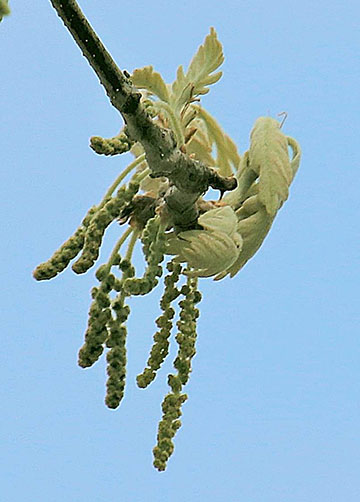
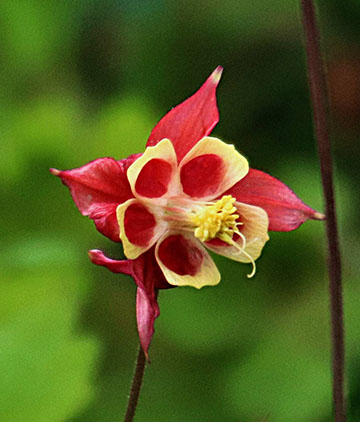 .
.
Nonpartisan and Education-based News for Chestertown

 .
.The Spy Newspapers may periodically employ the assistance of artificial intelligence (AI) to enhance the clarity and accuracy of our content.
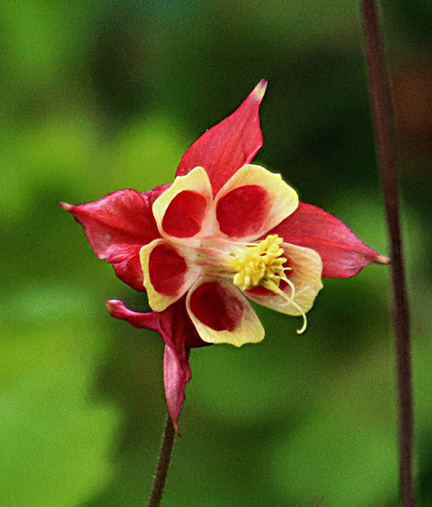
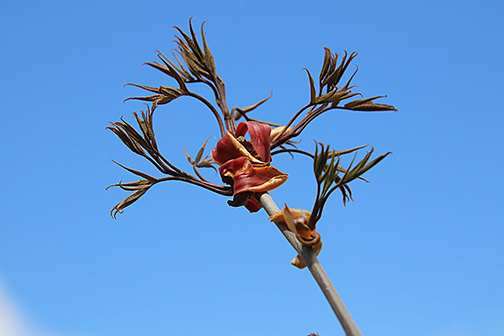
The Spy Newspapers may periodically employ the assistance of artificial intelligence (AI) to enhance the clarity and accuracy of our content.
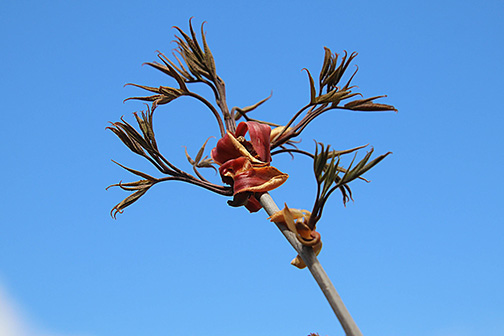
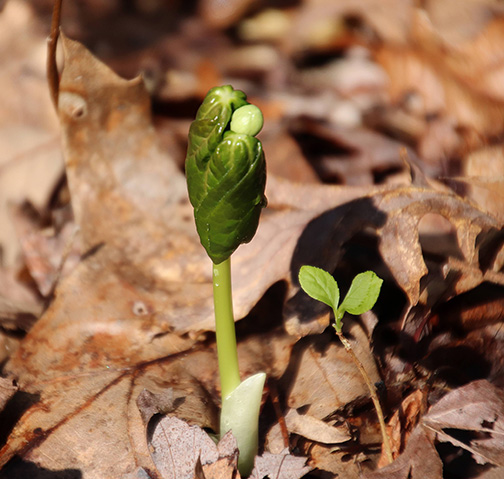
The Spy Newspapers may periodically employ the assistance of artificial intelligence (AI) to enhance the clarity and accuracy of our content.
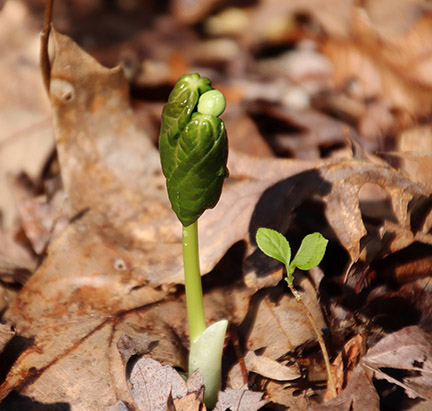
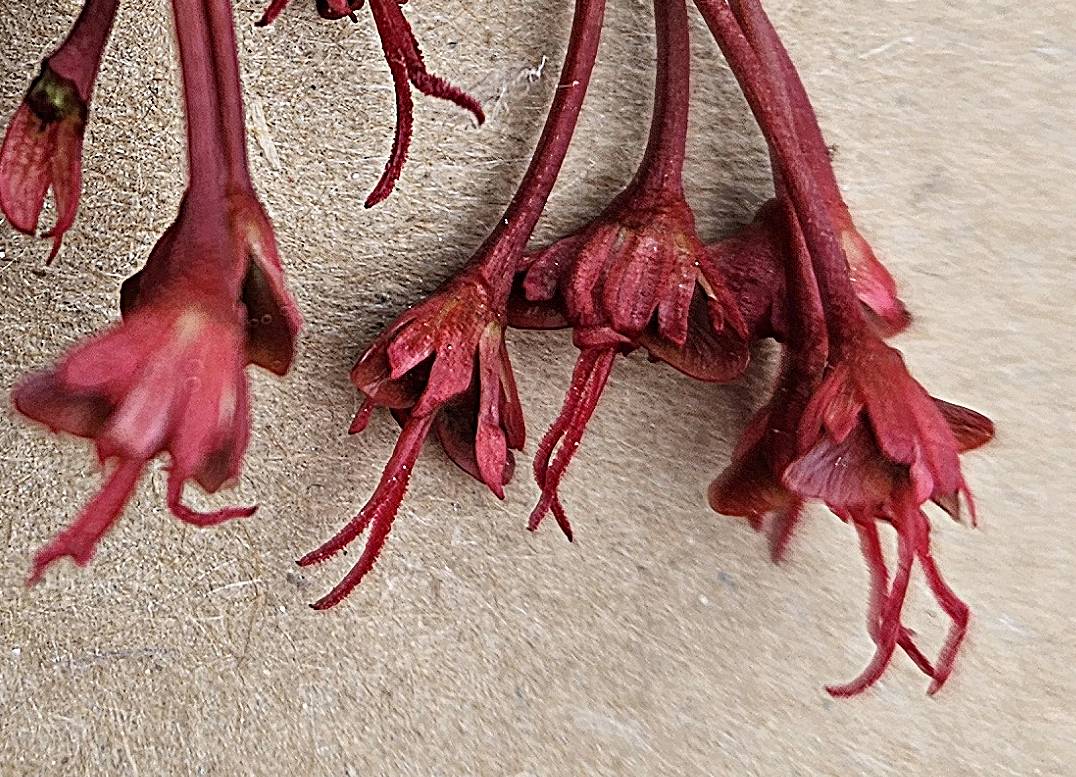
The Spy Newspapers may periodically employ the assistance of artificial intelligence (AI) to enhance the clarity and accuracy of our content.
Happy Mystery Monday! Can you guess what is pictured below:
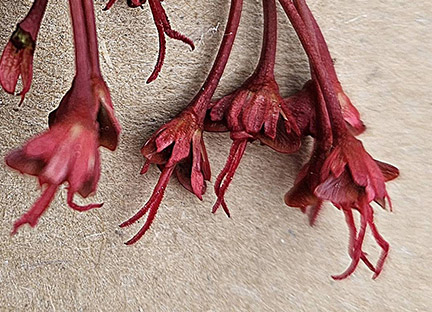
The answer to last week’s mystery is American sycamore seeds, Platanus occidentalis, pictured below:
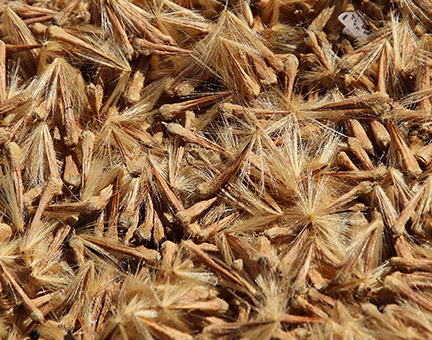
American sycamore is native to the eastern United States and is the largest deciduous tree in North America. Found most commonly in bottomland or floodplain areas, sycamores thrive in wet environments near rivers, streams, or abundant groundwater.
Sycamore trees are monoecious. They have both male and female flowers on the same tree. This tree reaches reproductive maturity rather young, and flowers profusely, producing numerous light, aerodynamic fruit. The fruit are round balls, around 1″ in diameter, and hang on slender stems.
The seed head persists through Winter, and doesn’t drop the hairy-tufted seeds until January–April. The brush-like structure of the seeds helps them catch the wind and potentially travel long distances.
Mystery Monday is sponsored by the Spy Newspapers and Adkins Arboretum.
The Spy Newspapers may periodically employ the assistance of artificial intelligence (AI) to enhance the clarity and accuracy of our content.
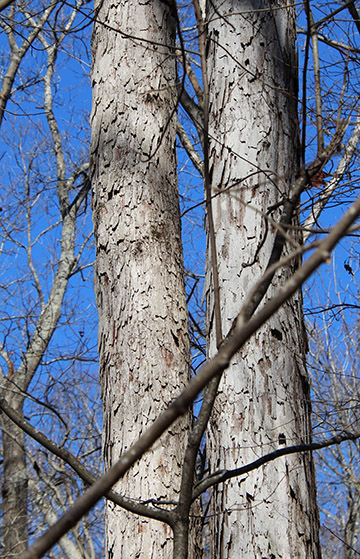
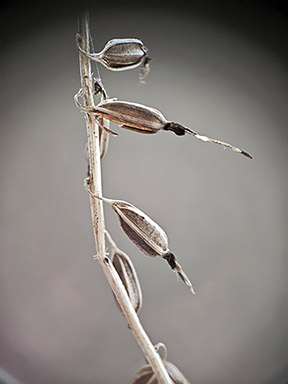
The crane-fly orchid is one of the most common orchids in North America. Spring is when the plant’s green leaves begin to emerge. They appear as a single leaf, often with raised purple spots and a fully purple underside. The leaves disappear in late Spring–early Summer, before the orchid blooms. The flowering stem is leafless and reaches 15–20″ tall.
In late Fall to early Winter, each crane-fly orchid plant will produce a single green leaf. The leaf is called a hibernal leaf because it is present only during the Winter when many other plants are dormant
The orchid’s dull yellow–purplish brown flowers bloom on a reddish-brown stem in Summer. In the Fall, oval-shaped pods containing seeds form up and down the dried stem. Each pod is the size of a pinto bean and houses thousands of dust-like seeds that scatter in the wind across the surrounding leaf litter.
Crane-fly orchids do not transplant well, so it’s best to enjoy them in their natural woodland setting.
Mystery Monday is sponsored by the Spy Newspapers and Adkins Arboretum.
The Spy Newspapers may periodically employ the assistance of artificial intelligence (AI) to enhance the clarity and accuracy of our content.
The Spy Newspapers may periodically employ the assistance of artificial intelligence (AI) to enhance the clarity and accuracy of our content.
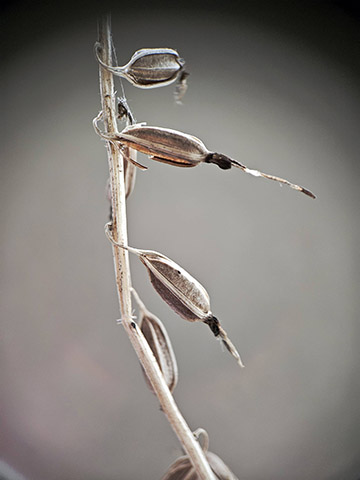
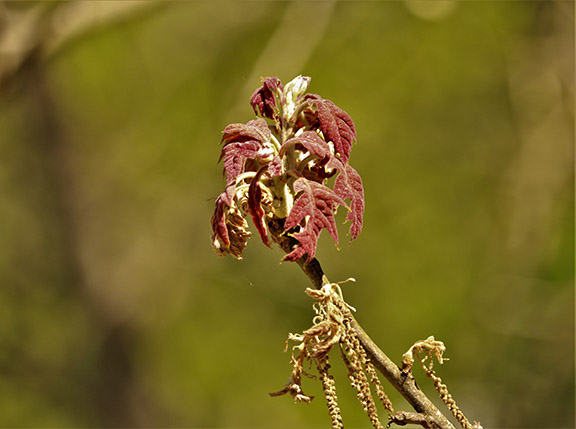
The Spy Newspapers may periodically employ the assistance of artificial intelligence (AI) to enhance the clarity and accuracy of our content.
Happy Mystery Monday! Can you guess what is pictured below?
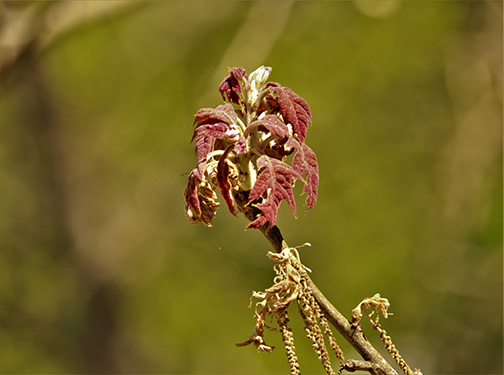
The answer to last week’s mystery is the tulip poplar, Liriodendron tulipfera, pictured below:
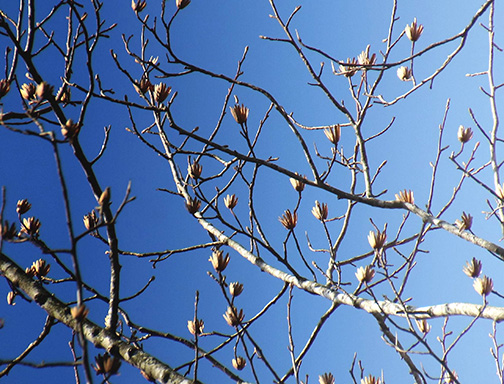
The tulip poplar is a large, native, deciduous tree that can grow 90–120′ tall. Its attractive tulip-like flowers give the tulip poplar its common name. Although not a member of the poplar genus, its characteristics are similar to poplar. It is actually a member of the magnolia family.
In the winter cone-like seed clusters sit upright on the branches. The seeds are called samaras, or helicopters. The individual, winged samaras can be scattered by the wind to distances equal to four or five times the height of a tree. Tulip poplar is a prolific seeder. A seed fall of 300,000 to 600,000/acre is not uncommon. Tulip poplar seeds retain their viability on the forest floor from 4–7 years.
Tulip poplars are a favorite nesting tree for birds, and they are an attractive species to butterflies and hummingbirds.
The tulip poplar leaf is the logo for Adkins Arboretum.
Mystery Monday is sponsored by the Spy Newspapers and Adkins Arboretum.
The Spy Newspapers may periodically employ the assistance of artificial intelligence (AI) to enhance the clarity and accuracy of our content.

“Scorpio Full Moon” by Centreville photographer Emily Zoe received the First Prize Leon Andrus Award in Adkins Arboretum’s 25th annual Juried Art Show. The show, titled Discovering the Native Landscapes of Maryland’s Eastern Shore, is on view through April 25.
The Spy Newspapers may periodically employ the assistance of artificial intelligence (AI) to enhance the clarity and accuracy of our content.